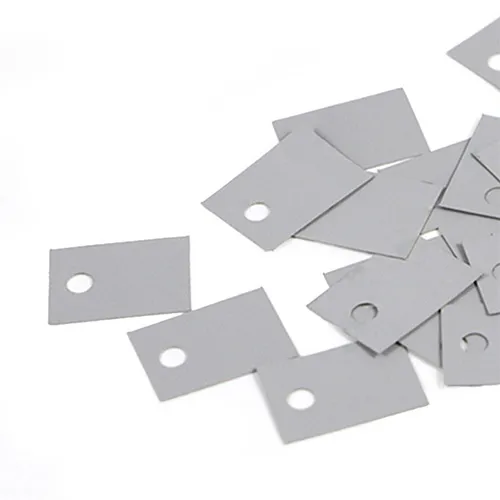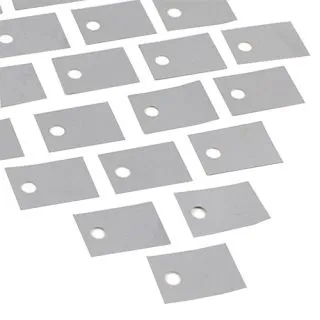In accordance with the European Union’s General Data Protection Regulation (GDPR), we are committed to safeguarding and ensuring your control over your personal data. By clicking “Accept All” you are permitting us to use cookies to enhance your browsing experience, assist us in analyzing website performance and usage, and deliver relevant marketing content. You can manage your cookie settings below. By clicking “Confirm” you are agreeing to the current settings.
Ti900 Thermally Conductive Insulators
- Insulation strength
- Low thermal resistance 0.402 (K in2/W) @ 50psi
- Easy to assemble
Polyimine is used as a substrate and is commonly used in electronic products that require high electrical insulation.
Ti900 is a thermally conductive insulator with thermally conductive composite material that is characterized by insulation, flame resistance, tensile strength and is based on polyimide. It is often used in electronic products that require high electrical insulation.
●High electrical insulation
●Low thermal resistance
●Easy to construct"
Electronic components: Electric Vehicles, 5G, Autopilot System, Mobile Phone, AIOT, HPC (High Performance Computing),Server, IC, CPU, MOS, LED back light, Mother Board, Power Supply,Heat Sink, LCD-TV, Notebook, PC, Telecom Device, Wireless Hub, DDR ll Module, NIC, screens, etc.
Ti900 thermally conductive composite material uses polyimide as the base material. It has excellent thermal conductivity and excellent tensile strength. It is often used in electronic products that require high electrical insulation. Ti900 thermally conductive composite materials are widely used in motor control, power supply, and other industries, and have good thermal conductivity and insulation effects.




